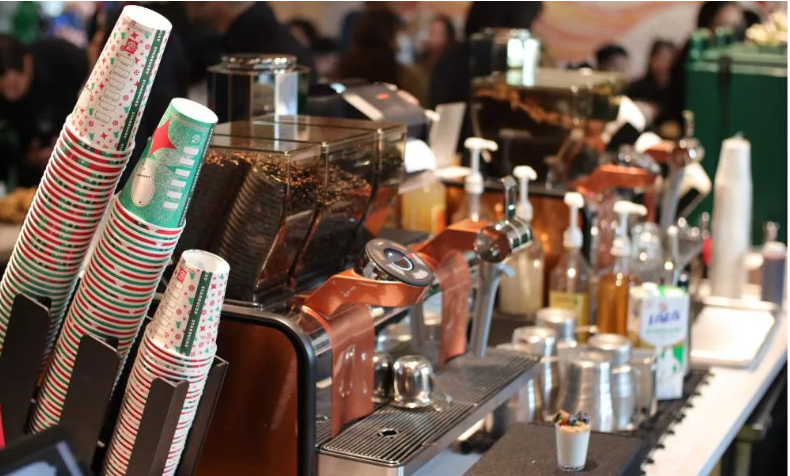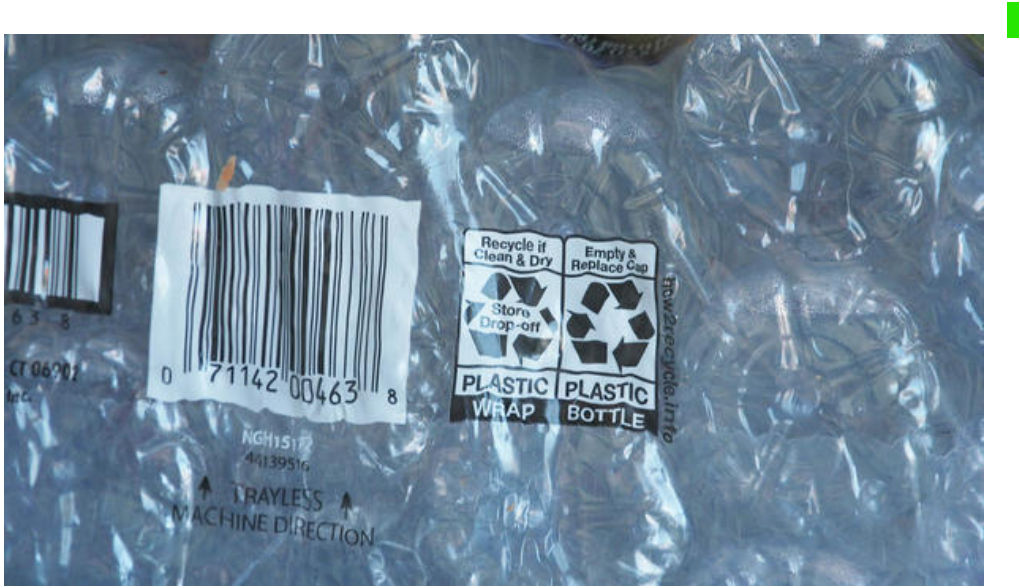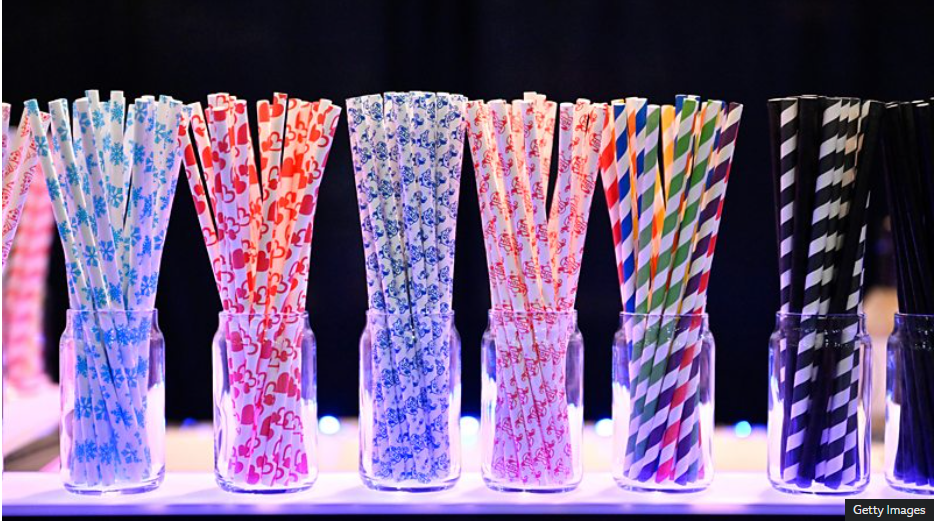MTPak Coffee News
Hayley Osbourne-August 11, 2023
Recent statistics suggest that globally, at least 500 billion disposable cups are used every year. Notably, 16 billion takeaway cups are disposed of annually in the US alone, as the average American coffee consumer drinks at least 3 cups a day.
More so, statistics predict that in 2025, at least 21% of coffee will be sold from out-of-home venues, such as cafes, service stations, and restaurants. As the majority of takeaway coffee cups can be difficult to recycle, many end up going to landfill, where they contribute to a growing waste problem.
As consumers become increasingly conscious of their environmental impact, it’s clear that more businesses need to adapt and move away from disposable cups.
The burning question is: how many takeaway cups does a cafe use in a single day? And how can they reduce this number or mitigate the environmental impact involved?
According to the National Coffee Association (NCA), an independent coffee shop can sell between 200 and 300 cups per day. A large chain coffee shop can sell an astounding 700 cups of coffee per day.
Interestingly, research from the NCA also shows 53% of consumers now choose to purchase their coffee from smaller retailers. Often, these retailers are environmentally conscious in their business practices or support the coffee farmers they partner with.
Mouse Tail Coffee, a popular specialty coffee shop brand in London, has various locations across the capital. The cafe’s busiest days are often over the weekend, with customers flowing in right until closing. Peak hours during the week are first thing in the morning, lunchtime (between noon and 2 pm), and between 5 pm and closing.
The staff tells me they can get through over 100 large takeaway coffee cups on a daily basis, as they’re predominately used for lattes and cappuccinos. During winter, the cafe can dish out around 50 clear cups for iced drinks, while during the summer months, that number can reach over 100. Notably, the cafe takes much longer to get through its stock of espresso cups.
To help reduce the number of cups used, Mouse Tail Coffee encourages consumers to bring reusable cups. Beyond this, the brand has invested in both recyclable and compostable takeaway coffee cups. However, there is no way for the brand to ensure the cups are disposed of correctly.
Takeaway cups are useful for transporting coffee and increasing footfall without a business having to provide extra seats. Beyond this, they act as an effective marketing tool for both roasters and coffee shops. Whether in the office, park, shopping mall, or on public transport, anyone holding a custom takeaway cup is essentially a walking advertisement for the brand.
However, concerns over the environmental impact of takeaway cups have grown in recent years. These concerns are based not only on the recyclability of the materials used to make the cups but also on the rate at which they’re recycled.
To prevent liquids from seeping out, paper cups usually have to be lined with plastic polyethylene (PE), which can make recycling difficult. Specialist equipment, transport, and infrastructure are required to separate the materials, which even some of the most developed countries don’t have in place.
As a result of the high costs and limited availability of these facilities, the majority of takeaway cups end up going to landfills instead. For example, on average, the UK recycles just one out of every 400 paper takeaway cups it uses. This is because there are only three plants in the country equipped to recycle these materials.
Considering that 7 million disposable cups are used in the UK every day, this represents a significant issue.
One of the most effective ways roasters and cafes can reduce the consumption of single-use items is to implement a cup or coffee bag return programme. Takeaway cup and packaging return systems can help dramatically reduce packaging and waste costs for roasters.
More so, they may help staff develop a long-term relationship with consumers as they have to come back to contribute to the scheme. Collection programmes are an affordable and convenient way to ensure packaging and takeaway cups are properly collected and recycled.
Additionally, several sustainable alternatives to single-use plastics have become readily available in recent years. Renewable materials, such as kraft paper, bamboo fibre, and polylactic acid (PLA) have become more common in the packaging industry. More so, these materials are popular in the coffee industry, as they are used to make coffee bags and takeaway cups.
For instance, PLA offers the same qualities as traditional plastics, with the advantage of being made from renewable and compostable resources. For coffee packaging, it offers excellent stability and protection, providing an effective barrier against moisture, light, and oxygen.


